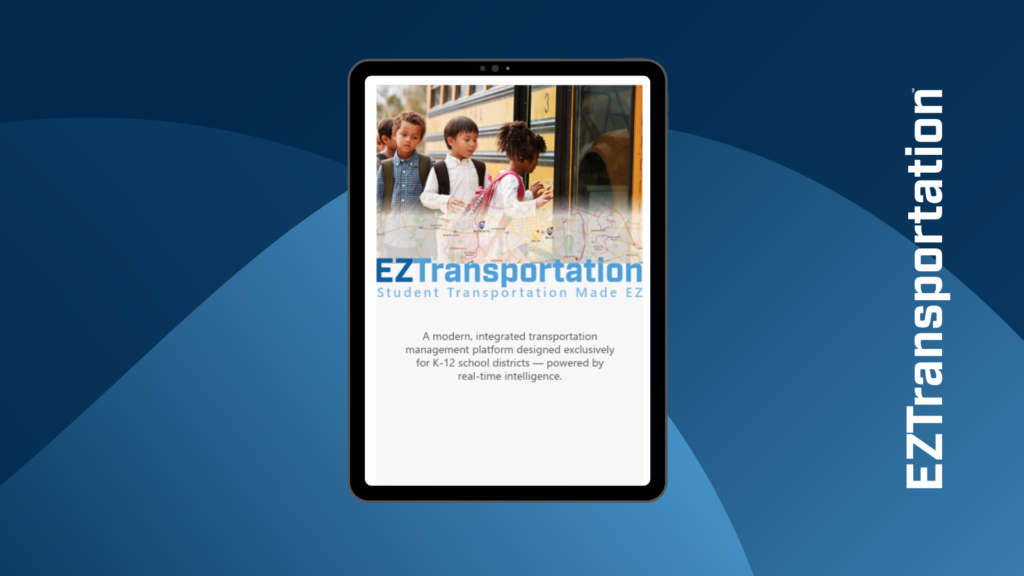Insights, Tools, and Stories to Help You Simplify Your K–12 Operations
Explore videos, case studies, downloadable guides, and articles developed to support school and district leaders in transportation, program management, compliance, governance, and more. Use the filters to find exactly what you need.

Browse by:
Ready to Partner with Us?
Join thousands of districts who trust Pathwise to streamline their operations so they can focus on student success.









